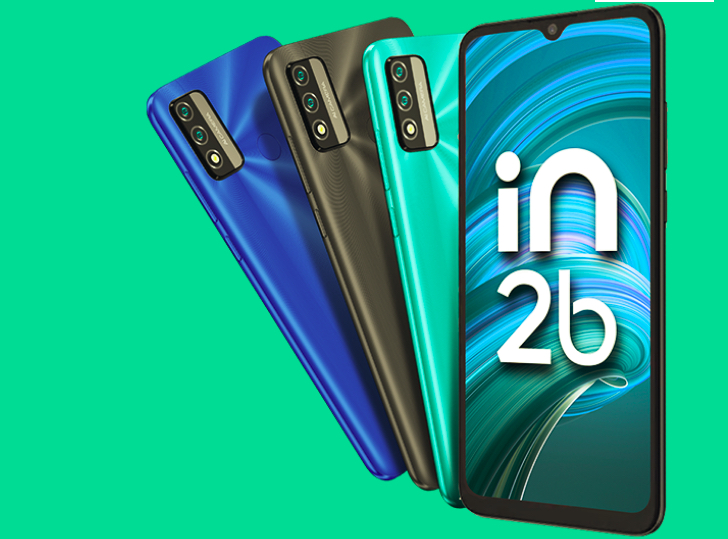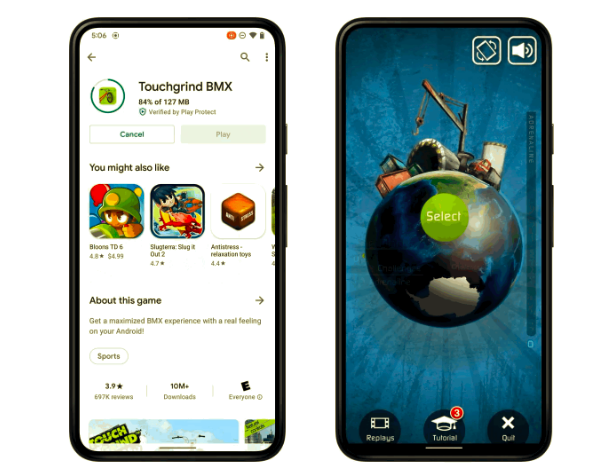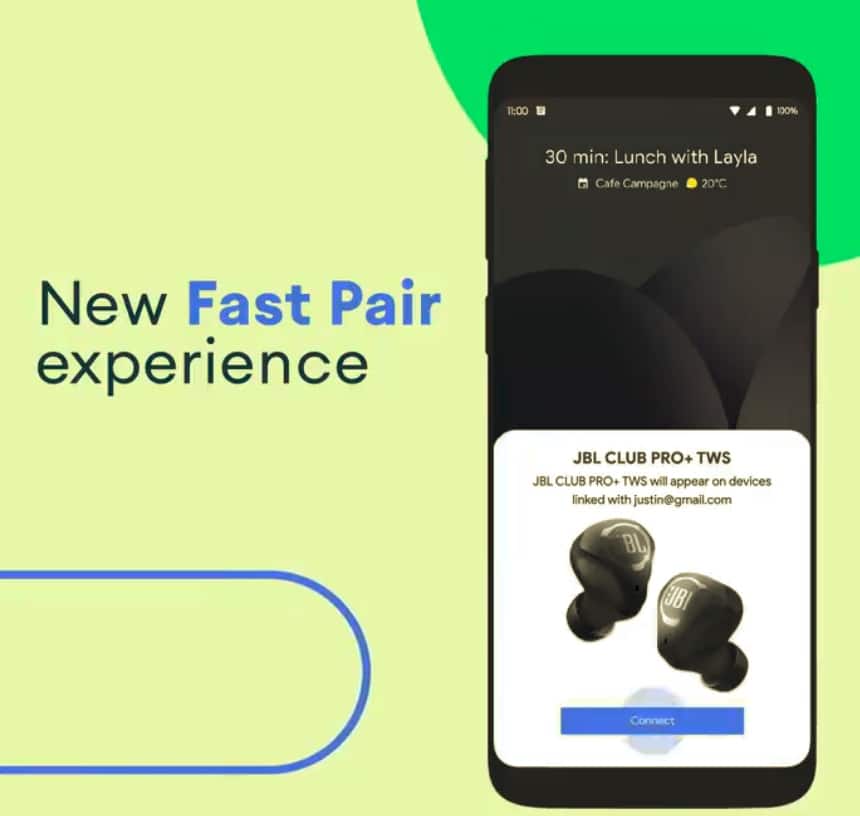Six months on from our last Top 10, here’s the Christmas 2016 list, with mainly new content – as you’d expect in a busy smartphone world. And, in terms of variety and value, we’ve never had it so good in the Android world, even if all but one of the top of the line phones are still as eye-wateringly expensive as ever…
In terms of criteria for the top 10, it’s raw functionality, it’s style and a solid build, it’s well-supported software, it’s flexibility and… it’s good value. Though I haven’t let money intrude too far – after all, many Android flagships will be £200 cheaper a year (and sometimes even six months) down the road, so if something’s too expensive then you’ve usually only got to be patient! I should also point out that, being based in the UK, i.e. in Europe, that the choices here are limited to those smartphones available in Europe and widely across the world, i.e. China-specific devices and (for example) USA or UK carrier exclusives are excluded.
You might also ask which of the following Android smartphones I use personally? None of them actually, since I use a Marshall London for the stunning audio, yet I can’t recommend this to others in a list like this (it’s much too slow and limited for everything other than audio!)
On with the Top 10 then. The guide prices are SIM-free, in UK pounds and including VAT sales tax, but take these with a pinch of salt – you’ll need to do your own pricing research in your own country!)
10. Moto G4
The cheapest Android smartphone in this round-up, everyone reading this will know of the Moto G heritage. Three years ago, Motorola changed the way the whole industry thought in terms of smartphone pricing – why pay £500 when you can get a decent Android phone for not much more than a fifth that amount? As the ‘G’ line has matured, prices have crept up a little, but then also have specifications, with the G4 having a 5.5″ 1080p screen and a very snappy Snapdragon 617 chipset. Yet the price is still half that of the number one pick below, even though most casual users would struggle to notice any difference in the experience. Slightly confusingly, there’s both a G4 and a G4 Plus, almost identical aside from a slightly higher spec camera in the latter plus a fingerprint sensor. Both highly recommended for newbies to Android though.

9. Huawei P9
You can’t knock Huawei for feel in the hand and apparently premium quality – the P9 feels and looks a million dollars. And, unlike last year’s Huawei-made Nexus 6P, which was much larger, the P9 can take more of a beating in the real world, though you’ll still want a case on it to protect all that shiny metal. You have to live with Huawei’s EMUI interface on top of Android, though you can get round most of the idiosyncrasies by simply putting on a new app launcher. Just be aware that there may be some fiddling and customisation needed after purchase. The dual ‘Leica’-branded cameras are the biggest selling point, but these underperform when their output is examined in any detail and the whole monochrome-plus-colour set-up is clearly first generation – the recently announced Mate 9 seems to have fixed a lot of the issues, watch this space for a review.

➤ Read: Huawei P9 Review
➤ Buy from Amazon (from $420)
8. LG V20
The only one of the top 10 here that I haven’t personally tried in any way (here in the UK, there’s no official distribution), LG’s new flagship has to be in the running, if only for its ‘kitchen sink’ app approach to specifications, packing in absolutely everything that anyone has ever asked for – including both a largely metal build and a big and replaceable (3200mAh) battery, a killer dual camera (one wide angle lens), plus an extra control and display panel above the main screen. With a 5.7-inch screen, it’s the biggest smartphone here, a true ‘phablet’, and the sheer size may put some people off. Plus LG’s UI skin over Android and bevy of replacement applications require a little readjustment if you’re coming from another Android phone. Still, if you want something big and powerful but aren’t sure of your needs yet, and if the device is available in your country, then I suspect that you can’t go far wrong with the V20.

➤ Buy from Amazon (from $641)
7. Blackberry DTEK60
If the overall design of the DTEK60 looks familiar, it’s because at heart it’s the Alcatel IDOL 4S, used under that name in recent months and also by the likes of T-Mobile in the USA for a Windows 10 Mobile handset. None of this should concern you though, as the build and feel in the hand are phenomenal, with Blackberry adding their own textures and small hardware design touches to the core phone. The basics are the same though, in terms of really loud JBL-branded stereo speakers, a great camera and a super-contrasty QHD AMOLED screen. Then you can forget everything you heard bad about Alcatel’s Android skin and applications, as the DTEK60 uses Blackberry’s all-in-one hub and mass of security extras on top of a fairly stock Android application set. The best hardware and most secure software? Quite possibly, and certainly worthy of a Top 10 slot. Oh, and if you like the idea but can’t handle a 5.5”-screened phone, there’s also the slightly more mid-range 5.2”-screened DTEK50, which scales everything back apart from that pair of lovely stereo speakers.

➤ Buy from Amazon (from $499.99)
6. HTC 10
HTC’s 10 is something of a return to form for the company, in that the hardware is ultra-premium, the software scaled back from previous incarnations of Sense UI, the camera (1/2.3″, f/1.8, laser a-f) possibly the best ever put into a HTC device and cutting edge internals that just fly. What’s not to like? Well, the price, which remains pretty high, though the (also made by HTC) Google Pixel takes the prize on this front and I’ll come to that in a moment. Plus there’s a sense of disappointment that the true stereo speakers from all the previous HTC flagships have been abandoned, in favour of a token left channel ‘tweeter’ in the phone’s earpiece. Audio from the internal DAC and over headphones is first class though and everything else about the HTC screams ‘top end’. Buy it and you can’t go far wrong…

➤ Read: HTC 10 review
➤ Buy from Amazon (from $549.99)
5. Samsung Galaxy S7
The fiasco over the incendiary Galaxy Note 7’s has dented Samsung’s year somewhat, but the Galaxy S7 is still a terrifically capable Android powerhouse. Yes, there’s Samsung’s TouchWiz skin and own-brand Gallery, email and browser applications (to name but three duplicates), but if you’ve used a Samsung smartphone before then you’ll be right at home. Including that most controversial of layouts, the physical ‘home’ button and back control on the right (which any other Android user will tell you is ‘wrong’!) But this format remains perennially popular, especially with novice users, who appreciate the security of a comforting button to press if they get into trouble. For smartphone old hands, there’s lots here too, from blazing speed to an award-winning camera (fantastic auto-focus speeds, incredibly ‘sharp’ results). Add in water-proofing and an AMOLED screen to die for and you can see why the Galaxy S7 still continues to attract attention.

➤ Buy from Amazon (from $515)
4. Moto Z and Moto Mods
The quest for a modular smartphone, one which can adapt to different needs, has been ongoing for a while. Google’s Project Ara got canned, LG’s G5 was panned… and then Motorola (now owned by Lenovo) had a swing at the idea. And succeeded. The Moto Z may still not be for everyone, but invest a little in a handful of its (magnetic) snap-on ‘mods’ and you’ve got a surprisingly adaptable smartphone solution. The base Moto Z is an ultra-thin but still very capable 2016 smartphone, nothing special other than you can snap on an extra 2200mAh of capacity in a split second without disturbing your experience at all (unlike on the LG G5, where you had to power down to change its ‘friends’). Or snap this off and snap on the JBL SoundBoost, with very, very loud stereo speakers. These are the best value and most interesting ‘mods’, though there are others: an expensive and disappointing Hasselblad camera and an even more expensive projector. The system’s open and, in theory, future Moto phones with the same form factor can use the mods. The Moto Z is by far the best approach I’ve used to solving the problem of a phone needing different capabilities on different days.

➤ Buy from Amazon
- Phone only (from $499.99)
- Phone + Camera Mod (from $699.98)
- Phone + Projector Mod (from $743.96)
3. Google Pixel
Rather crazily (in my opinion, since this has little of the same resale value) straying into the world of iPhone pricing, Google’s new flagship sets its stall as the premier Google experience for the consumer market. No more having to seek out Nexus units online, the Pixel range (both the 5.5”-screened XL and the standard 5”-screened model here) are now in High Street shops in many countries. And the ‘best of Google’ is a great way to think about the phone, with Google Assistant baked in across the interface – granted it’s currently similar to the familiar Google Now, but it will surely get better and extend to do more across the phone. While the sheer speed of the internal chipset means that the Android interface is faster here than on any other device, and the HDR+ (computational) photos taken by its camera are not only exceptional, they can also be generated almost in real time. With metal build, the HTC-made hardware’s decent, but not really top end, with a screen and speaker that pales beside’s HTC own ‘10’, mentioned above. The XL is crazily priced, SIM-free, and at least the standard model is within the bounds of credibility, but neither really deserve the price tag at the end of the day. Snap one of these up on contract though and you’re all set for pure Android, latest security updates and a terrific Google experience all round.
![]()
➤ Read: Google Pixel XL review
➤ Buy from Best Buy (from $648)
2. Samsung Galaxy S7 edge
If you liked the stellar Galaxy S7, mentioned above, but want more of everything, with no real penalty other than price, then the Galaxy S7 edge is still well worth a look. The screen’s 0.4” larger, yet without much of a form factor penalty, thanks to the curved glass on either side (hence the name, obviously). The battery’s 600mAh larger too, but the big ‘win’ in going for the ‘edge’ model is the styling. With the new Galaxy Note 7 now withdrawn forever, the S7 edge is getting an extended slot as Samsung’s flagship and it’s absolutely merited. The phone looks and feels gorgeous in the hand. Admittedly, you’ll need to put a case on it because all that glass is a little exposed, and this kind of foils the point, but hey, take it out when you’re at home and enjoy fondling it, the S7 edge is a work of art. There’s little real functionality benefit to the ‘edge’, most users I’ve spoken to don’t use Samsung’s edge pop-out panels, but none of this matters – if you disregard price and value for money, this is the best Android phone in the world still, nine months after launch, just pipping the Pixel to the post.

➤ Read: Samsung Galaxy S7 edge Review
➤ Buy from Amazon (from $585)
1. OnePlus 3(T)
So we’ve just had the ‘best Android phone’ – in fact, a litany of terrific Android-powered smartphones, but the OnePlus 3 can’t be ignored because of its price (I’ll come to the bracketed letter in the title in a moment). The whole point of the OnePlus models was to offer flagships at budget prices by forgoing traditional advertising and distribution channels and costs. The ‘1’ and ‘2’ were distinctly compromised in terms of components, but the OnePlus 3 got everything right. From 5.5” AMOLED display to Snapdragon 820 chipset to 6GB of RAM to a killer camera, all in a premium metal body, this phone has just about everything you’d ever want in a flagship smartphone, yet at just over £300 (in UK money, post-Brexit!), roughly half the price of the likes of the S7 edge and Pixel ranges. More than for any other smartphone here, the OnePlus 3 shows the true cost of a device – this is how little you’d have to pay if you weren’t also subsidising a worldwide marketing campaign, shop floor displays, and so on. Interestingly, as I wrote this article, OnePlus has just launched a very slightly tweaked version of the phone, the ‘3T’, with a faster Snapdragon 821 chipset inside. The price has only been hiked slightly for this and the elevated top 10 recommendation definitely stands.

➤ Read: OnePlus 3 Review
➤ Buy from Amazon (from $509)









